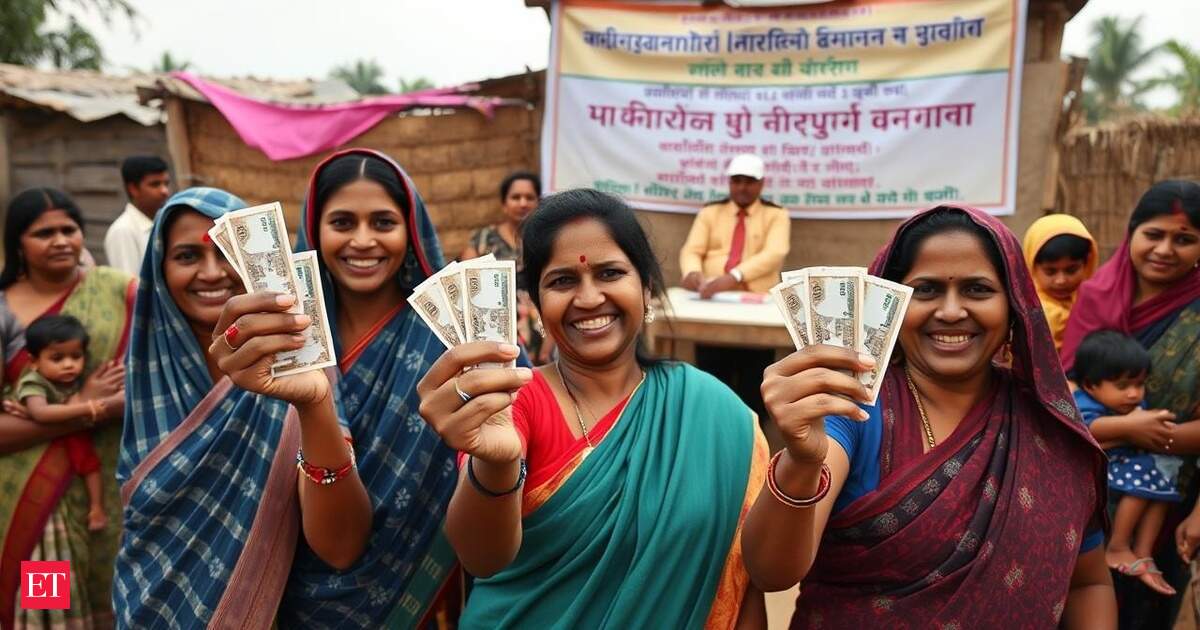The report, titled “Rural India – Shifting Economic Foundations,” offers a bottom-up analysis of 250 districts across eight major states, accounting for 72% of India’s rural GDP (Rs 109 lakh crore). It shows that rural regions are not just catching up—they’re driving India’s consumption engine, especially as urban demand remains muted under the weight of inflation.
Among the standout districts are Dakshina Kannada in Karnataka and Namakkal in Tamil Nadu, where per capita incomes have exceeded $5,000, buoyed by strong contributions from manufacturing, livestock, aquaculture, and real estate.
Key Growth Drivers:
Services Sector: The fastest-growing, clocking an 8.8% CAGR, led by trade & hotels (9.8%), financial services (9.1%), and real estate (8.3%).
Industry: A stable 7.1% CAGR, driven by mining (13.5%) and construction (8.7%).
Agriculture: Trailing with 3.9% CAGR, hampered by slow crop growth (2.8%).
State Leaders and Laggards:
Top performers: Maharashtra (7.7% CAGR), Tamil Nadu (7.6%), Kerala (6.7%), and Andhra Pradesh (6.5%). These states saw robust growth driven largely by services.Uttar Pradesh impressed with the highest growth rate at 8.1%, despite having the lowest per capita income at $979.
Karnataka and Madhya Pradesh, however, lagged due to poor agriculture and industry performance.
The report underscores stark inequalities across districts—some thriving above $5,000 per capita income while many in Uttar Pradesh remain below $1,000. Still, this growing pool of higher-income rural consumers is poised to fuel demand for discretionary goods and services, offering a compelling opportunity for businesses and policymakers alike.
As India looks ahead, it’s clear: the next wave of growth may come not from its cities, but from its villages.







